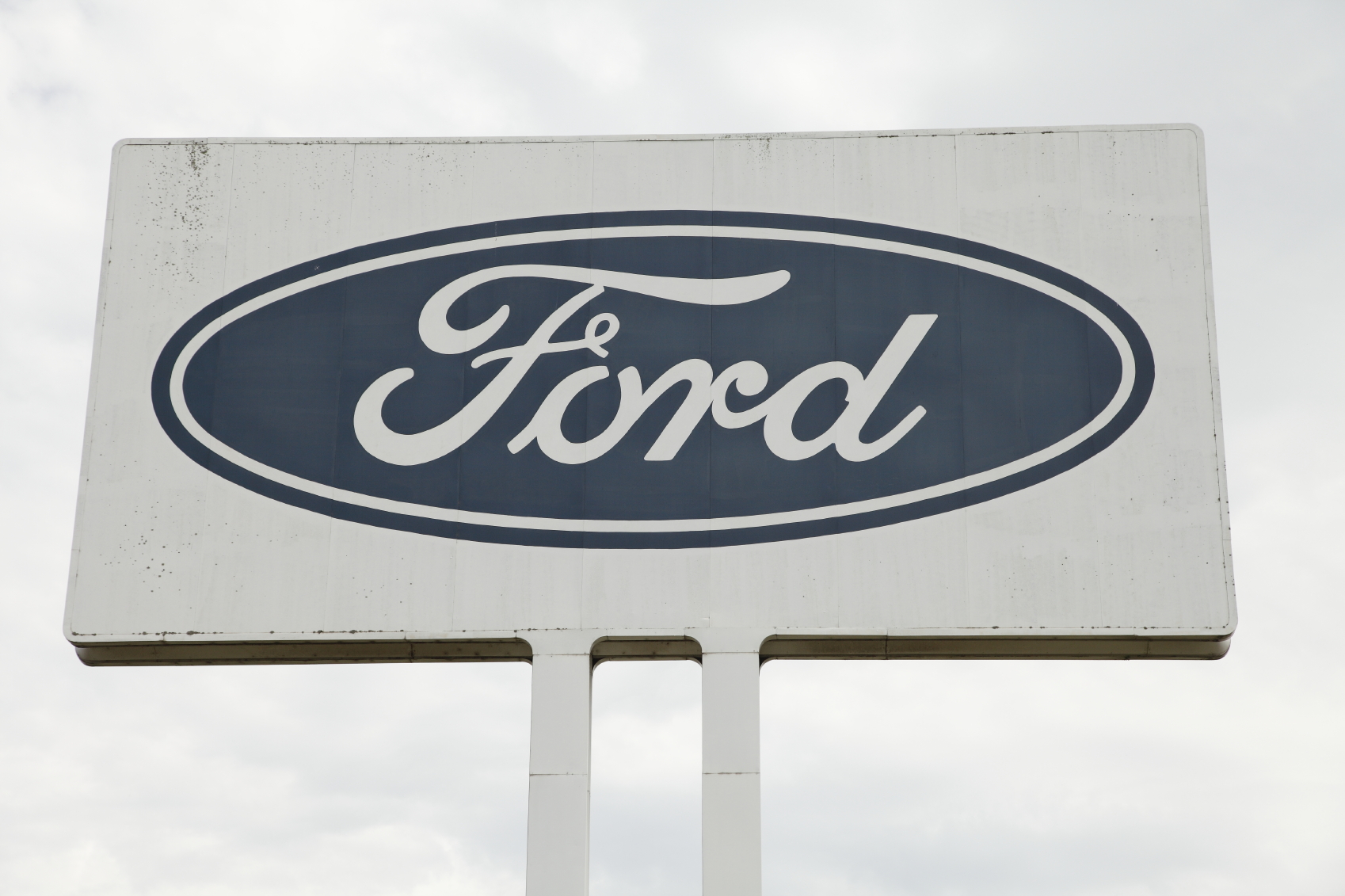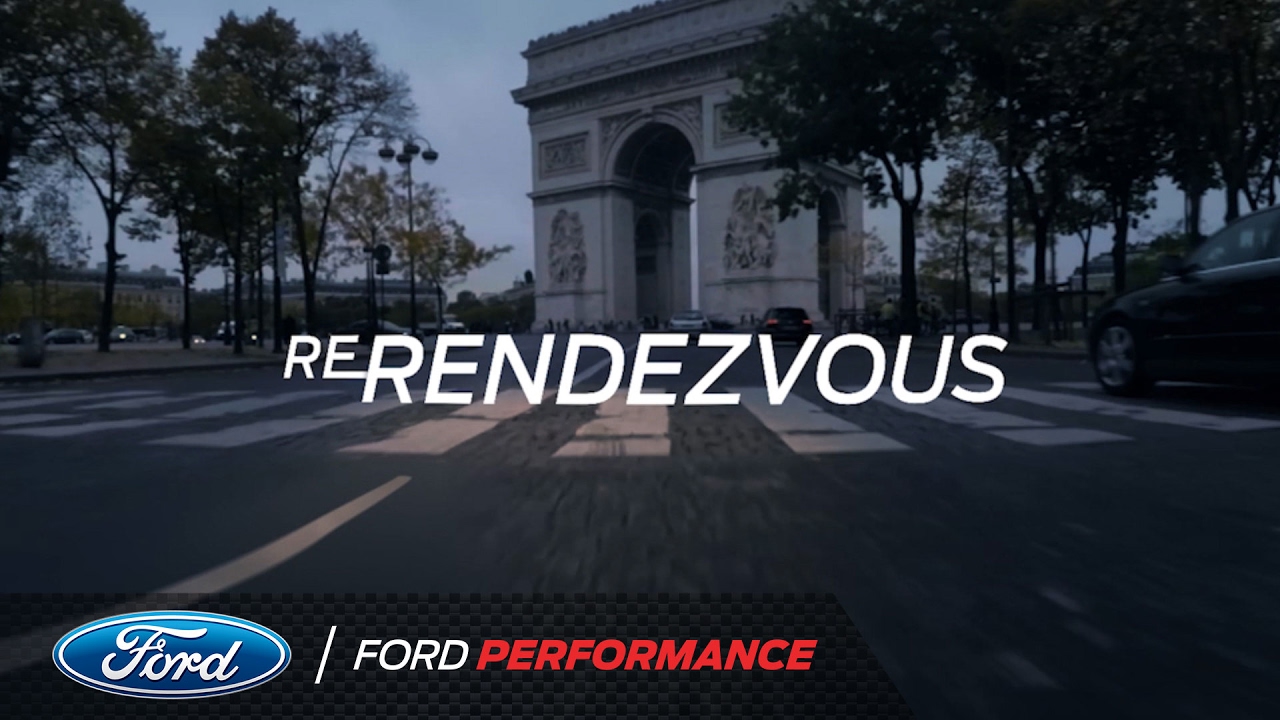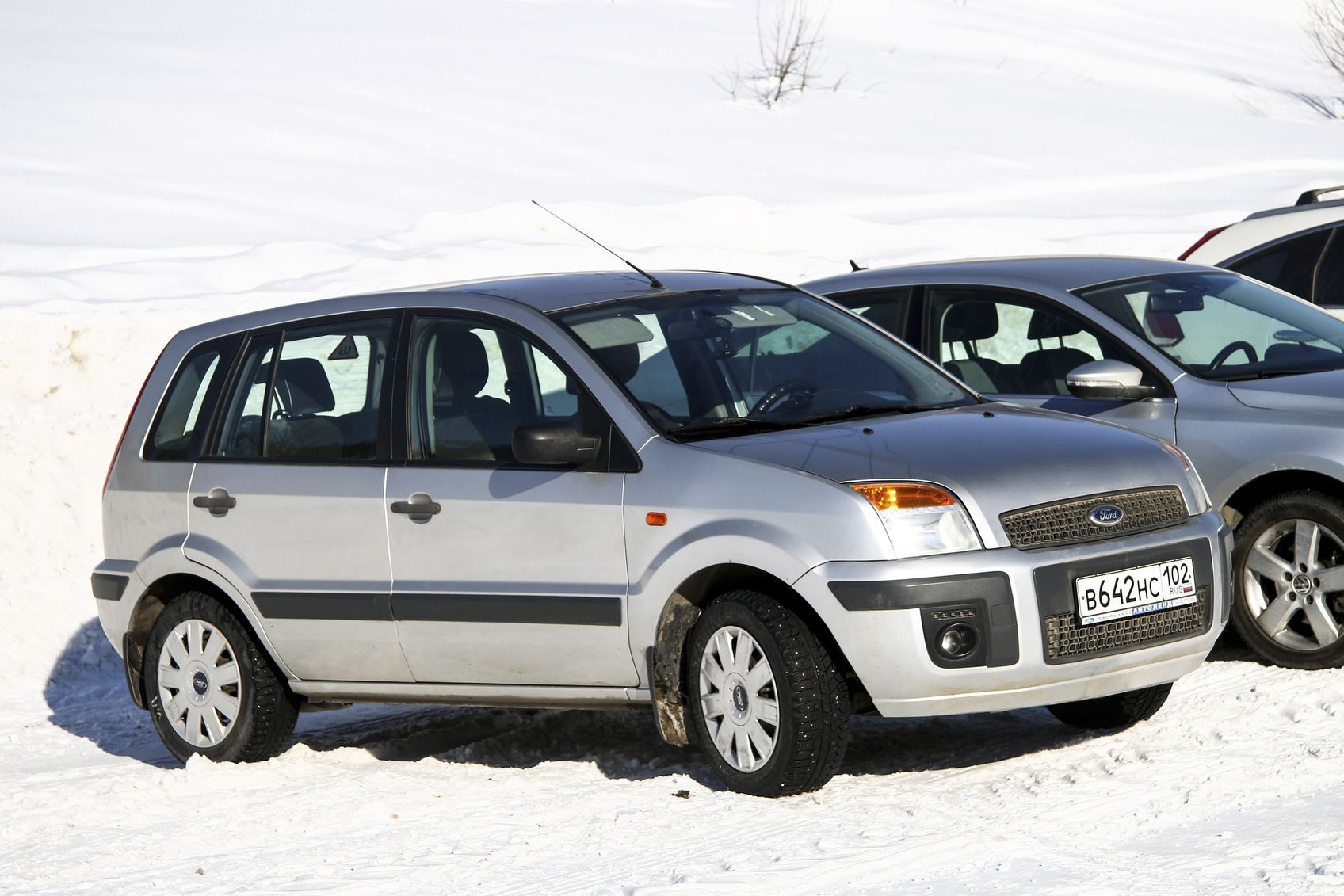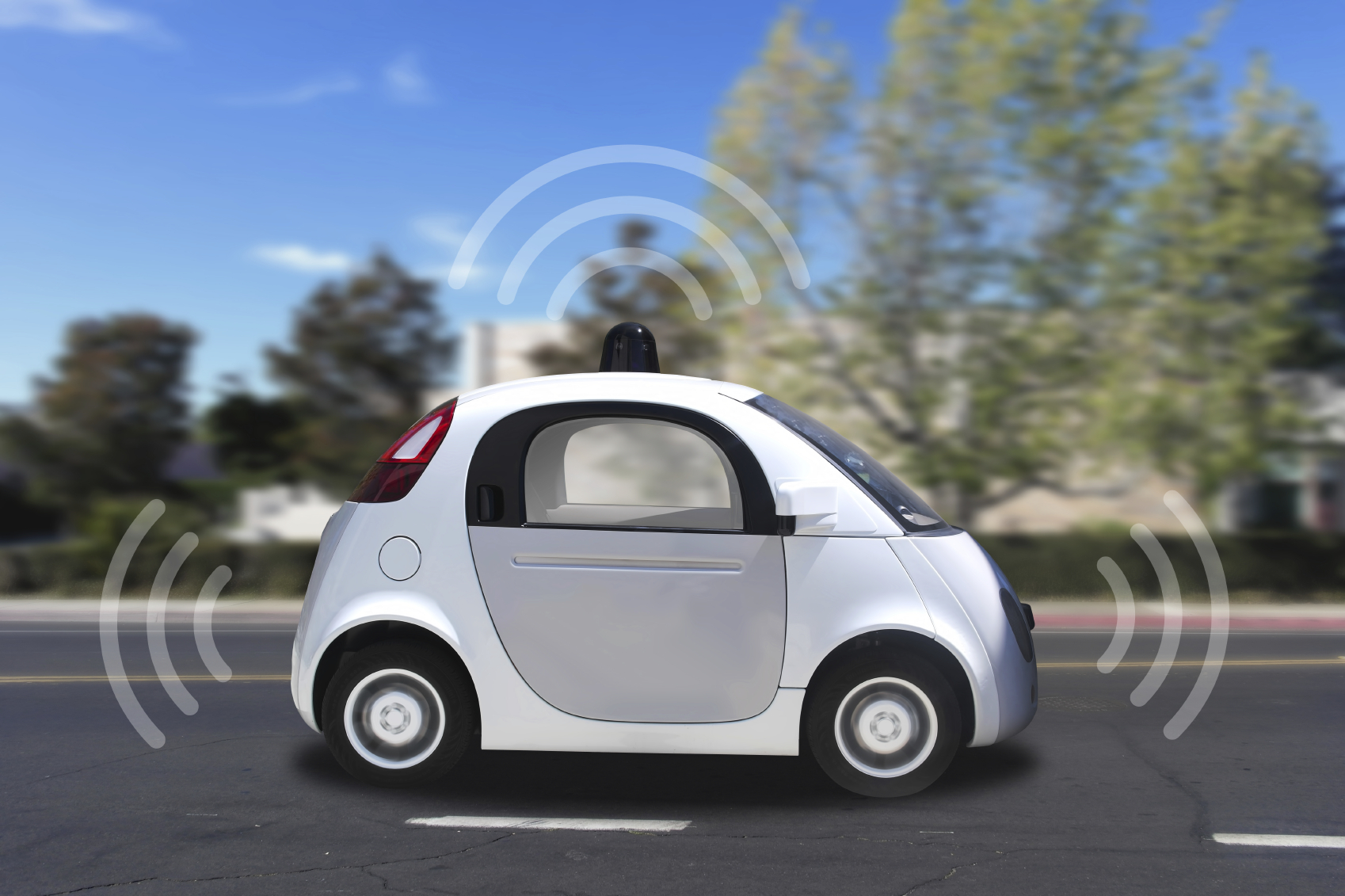What Happened
Ford is working with Panasonic and GoMoto, a company that specializes in car dealership technologies, to create Smart Service Kiosks that allow car owners to drop off their vehicles for repairs or basic maintenance tasks like alignment, oil changes, and inspections without having to talk to anyone. Once the dealership is finished with the tasks, owners will get an email alert to pick up their cars and pay the costs at the kiosks. The service will begin as a 90-day trial at a Ford dealership in Birch Run, Michigan.
What Brands Need To Do
This automated kiosk from Ford is a notable attempt to digitize the off-hour drop off service that some dealerships already offer. Essentially an ATM machine for car maintenance and repair services, the kiosk simplifies the process and modernizes the customer experience for car maintainance. By creating a digital interface for this service in the form of an automated kiosk enables users to manage their repair services and receive updates on their mobile devices, allowing Ford to establish a new digital touch point to reach customers for post-sale engagements. More brands should consider creating such digital tools to enhance their services or physical store experiences.
Source: Engadget






